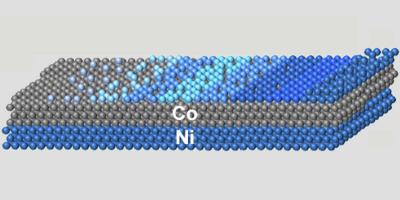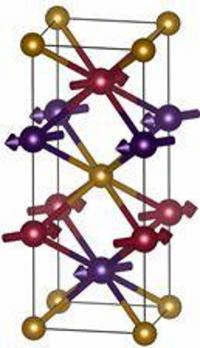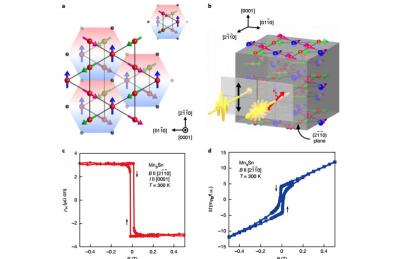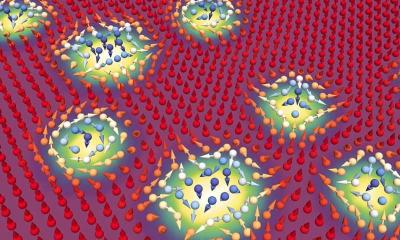Researchers in the UK explore 2D hBN as a material for spin valves and MTJs
Researchers from the UK's Manchester University have explored opportunities presented by hexagonal boron nitride (hBN) as a prototypical high-quality two-dimensional insulator that can be used both as a barrier in MTJs and as for spin injection in lateral spin valves.
The research revealed the effect of point defects inevitably present in mechanically exfoliated hBN on the tunnel magnetoresistance of Co-hBN-NiFe MTJs. In particular, the researchers observe a marked enhancement of the magnetoresistance of the junction at well-defined bias voltages, indicating resonant tunneling through magnetic or 'spin-polarized' defect states.



